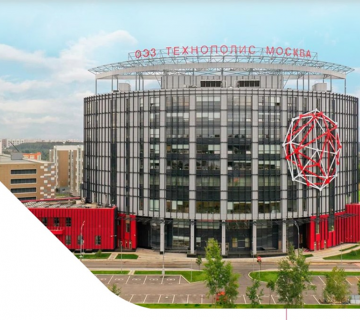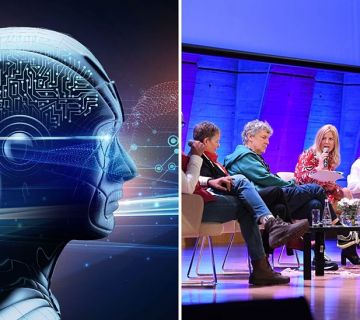National progress in developing public facilities has proceeded at a rapid pace since 2012. Yang Fei Yue reports.
The cultural industry in China is increasingly becoming a pillar of the national economy. A great many cultural facilities, including libraries and museums, with state-of-the-art services and offering innovative experiences have been built, and authorities at various levels have worked hard to increase the cultural presence in people’s lives.
Since the 18th National Congress of the Communist Party of China in 2012, the Chinese government, with President Xi Jinping at its core, has placed great importance on cultural reform and development.
The Ministry of Culture and Tourism was established in 2018 to promote the integrated development of the cultural and tourism industries, and to boost the country’s soft power, and influence of Chinese culture.
That same year, the National Radio and Television Administration and the China Media Group were set up to strengthen management and pool resources to benefit the public.
The cultural industry continues to expand in scale and its structure is undergoing constant optimization. The added value of the cultural industry to the national economy is increasing year by year, accounting for 4.46 percent of the country’s GDP in 2022. And new sources, such as the digital cultural industry, are playing a greater role in driving growth, as the domestic and international influence of the cultural industry continues to rise.
According to data from the National Bureau of Statistics, companies with annual revenue from principal business in the cultural and related industries of over 20 million yuan ($2.8 million) made 12.95 trillion yuan last year, an 8.2 percent increase compared to 2022.
Xi, who is also general secretary of the CPC Central Committee, has repeatedly emphasized the need to deepen the reform of the cultural system to stimulate innovation and creativity.
Source: https://www.chinadaily.com.cn/a/202409/30/WS66fa3636a310f1265a1c5b9e.html




No comment